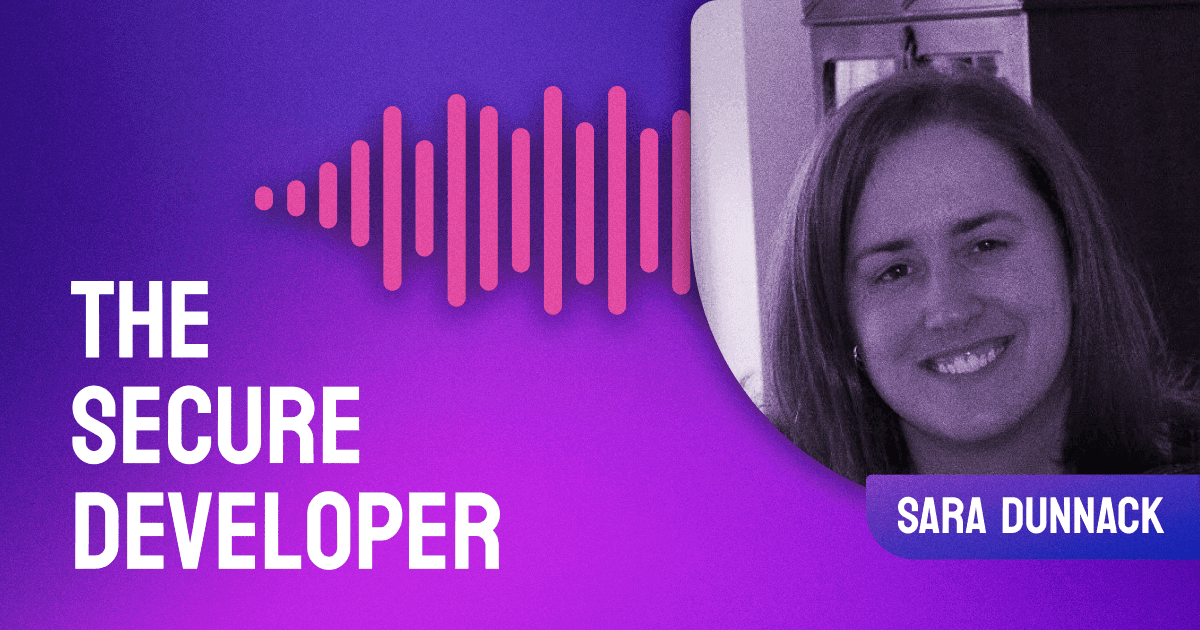In episode 39 of The Secure Developer, Guy is joined by Mohan Yelnadu, Head of AppSec at Prudential. They discuss Mohan’s journey from pen tester to DevSecOps consultant, security threat modeling, and his 6 principles of continuous security.
The post Ep. #39, Build, Break, and Defend with Mohan Yelnadu of Prudential appeared first on Heavybit.





